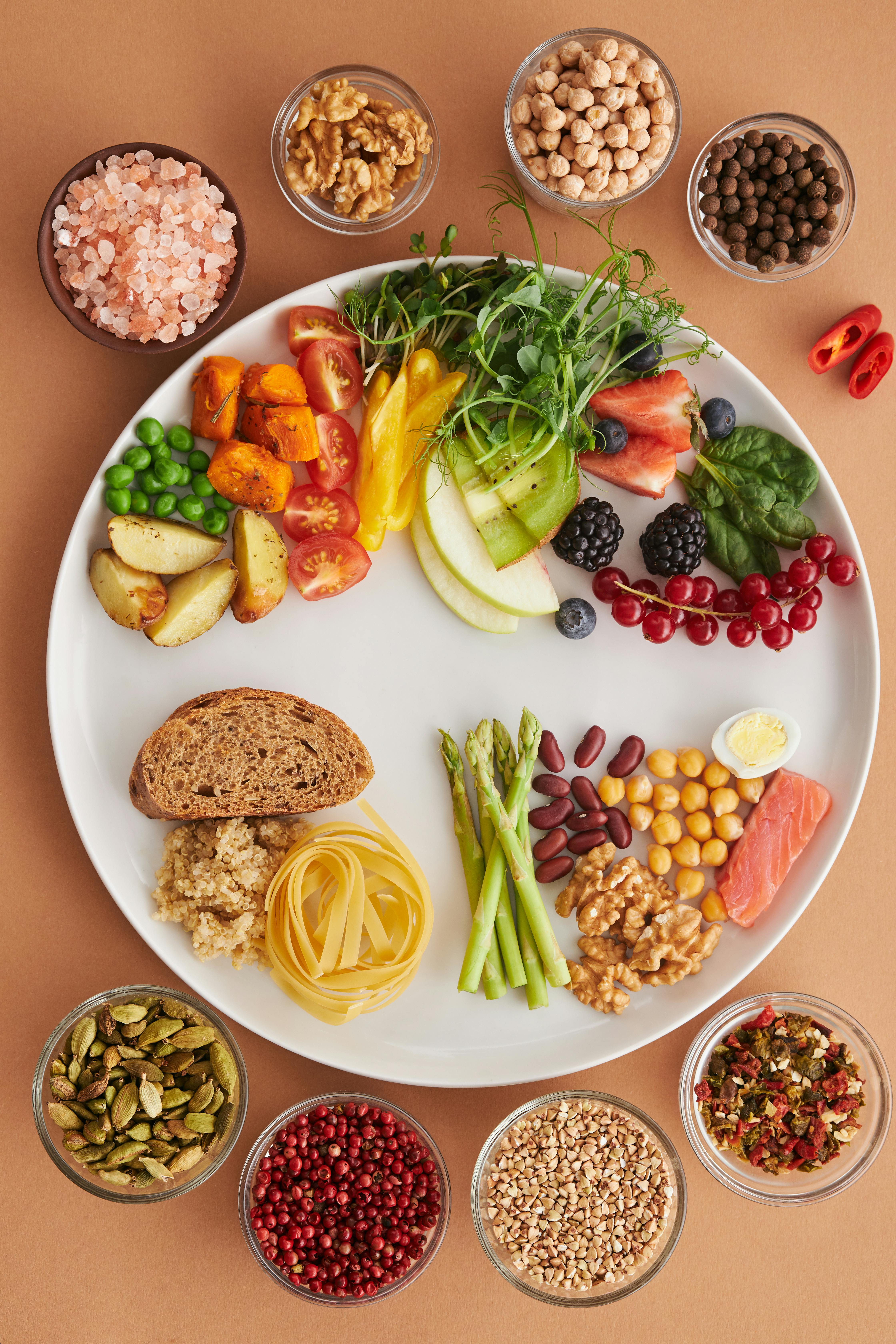Essential Guide to the American Diabetes Association Diet Plan 2025

Apply Now


Essential Guide to the American Diabetes Association Diet Plan 2025
The American Diabetes Association Diet Plan is a foundational tool for individuals looking to effectively manage their diabetes through nutritional adjustments. Designed to promote healthy eating and lifestyle changes, this diet plan emphasizes the importance of portion control, carbohydrate counting, and mindful eating practices. By adhering to the guidelines set forth by the ADA, individuals can significantly improve their blood sugar control, manage weight, and enhance overall health. In this article, we will explore the essential components of the diabetes diet plan and provide practical strategies for meal planning, grocery shopping, and cooking. Understanding the role of food selection and the glycemic index is critical for maintaining stable glucose levels. Additionally, we’ll cover diabetes-friendly recipes and cooking methods, ensuring variety and flavor in your meals. By the end of this guide, you'll be well-equipped with the knowledge needed to embrace the American Diabetes Association Diet Plan for a healthier lifestyle.Understanding the American Diabetes Association's Nutrition Guidelines
With the ADA focusing on a balanced approach to eating, understanding their nutrition guidelines can empower individuals in their diabetes journey. These guidelines encourage a diet rich in whole grains, fruits and vegetables, lean proteins, and healthy fats while minimizing the intake of refined sugars and saturated fats.Carbohydrate Counting
Carbohydrate counting is pivotal for effective diabetes management. It involves tracking the total amount of carbs consumed at each meal and snack, which helps regulate blood sugar levels. By learning to read food labels, individuals can make informed choices about carbohydrate intake. To implement carbohydrate counting: 1. Determine your daily carbohydrate goal based on your individualized meal plan. 2. Use measuring tools to accurately portion food. 3. Track your intake using apps or a food diary. This method not only aids in blood sugar control but also allows for flexibility in food choices, making it easier to enjoy various foods while managing diabetes.Portion Control and Meal Timing
Portion control is another critical aspect of the ADA diet plan. Maintaining appropriate portion sizes can prevent overeating and manage caloric intake, which is essential for weight management. Utilize simple strategies: fill half your plate with non-starchy vegetables, a quarter with lean proteins, and the remaining quarter with whole grains. Meal timing also plays a significant role in diabetes management. Regular meal schedules help stabilize blood sugar levels. It's recommended to avoid skipping meals and to incorporate healthy snacks if there's a long gap between meals, focusing on options that combine protein and fiber for sustained energy.
Crafting a Diabetes-Friendly Meal Plan
Meal planning is a vital strategy for individuals managing diabetes. A well-structured meal plan can help keep blood sugar levels stable and satisfy nutritional needs.Creating Balanced Meals
Balanced meals consist of various food groups. Aim to include: - **Fruits and Vegetables**: High in fiber and essential vitamins while low in calories. - **Whole Grains**: Choose options like brown rice and whole-grain bread that have a lower glycemic index. - **Lean Proteins**: Incorporate sources like chicken, fish, beans, and legumes. - **Healthy Fats**: Opt for unsaturated fats found in avocados, nuts, and olive oil. An example of a balanced meal could be grilled salmon, quinoa, and a side of steamed broccoli. This provides essential nutrients while keeping calories in check.Meal Prep Techniques for Success
Effective meal prepping can simplify adhering to the ADA diet plan. Allocate a few hours each week for meal prep to create convenient, diabetes-friendly meals. Here are some tips: - Cook in bulk: Prepare larger portions of meals that can be stored and reheated. - Use versatile ingredients: Ingredients like chicken, quinoa, and vegetables can be rotated in different dishes throughout the week. - Incorporate quick snacks: Portion out healthy snack options like veggies with hummus or a handful of nuts for easy access. By planning meals in advance, you can reduce stress and make healthier choices throughout the week.Nutritional Strategies for Dining Out
Eating out can be daunting when managing diabetes, but with the right strategies, it can still be a pleasurable experience.Smart Choices at Restaurants
When dining out, opt for restaurants that offer nutritious options. Look for menus that feature whole foods, and ask for modifications if necessary: - Request dressings or sauces on the side to control portion sizes. - Choose grilled or baked options instead of fried. - Savor smaller portions or share meals to avoid overeating.Understanding Food Labels
Reading food labels is essential, even when ordering food. Look for: - Total carbohydrate content to gauge the impact on blood sugar. - Fiber content: Higher fiber foods can slow glucose absorption. - Sodium and fat content: Aim for lower sodium and healthier fat options. Understanding these labels helps make informed choices that align with diabetes management goals.